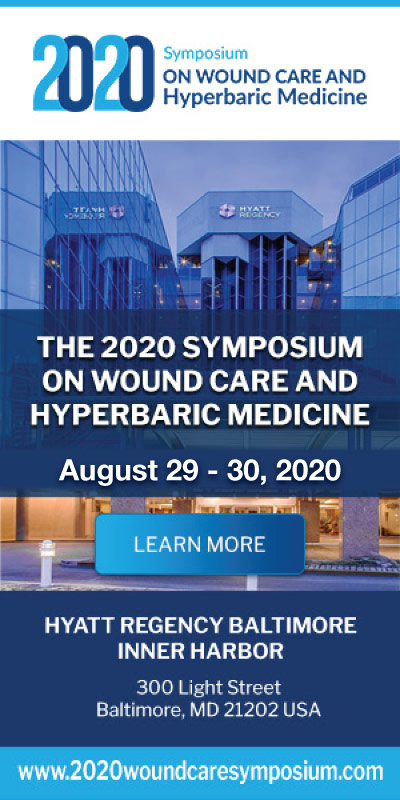May 2021
MVS Wound Care works with thousands of patients each year and hundreds of complex wound cases. In many of these cases, oxygen therapy has made a difference in the quality of care. Hyperbaric oxygen therapy (HBOT) is becoming a more popular treatment option for those with wound care needs.
Here’s a little bit more about HBOT and how we provide oxygen therapy at MVS Wound Care & Hyperbarics.
What Is Hyperbaric Oxygen Therapy?
Hyperbaric Oxygen Therapy (HBOT) is a type of non-invasive treatment given to certain patients including those with immune response issues, healing issues, and advanced wound care needs. Patients breathe 100% oxygen during each session, typically in a small, pressurized chamber. Depending on the type and severity of the wound, a patient might receive several rounds of HBOT a week for several weeks.
HBOT works in tandem with typical wound care treatments by improving immune response and circulation in patients, thereby speeding up the natural healing process and aiding the body in fighting infection and repairing itself.
How Does Hyperbaric Oxygen Therapy Help Wound Care Patients?
HBOT does several things to assist the wound healing process.
The presence of high oxygen levels in the body can excite the rate of cell renewal within the body and increase the immune system response, which, in turn, speeds up the body’s natural healing process. The addition of oxygen essentially acts as fuel for white blood cells, as well. As the body’s natural infection fighters, increased oxygen via HBOT gives white blood cells the extra kick they need to fight off infection.
Additionally, HBOT decreases inflammation by reducing the immune system’s inflammatory response. Reduced inflammation means that patients are typically in less pain and they may experience a better healing outcome after treatment.
When Should I Consider Hyperbaric Oxygen Therapy?
One of the most beneficial parts of HBOT is that it is applicable for many health issues. Healing often depends most upon a healthy immune response and access to oxygen, so increasing a patient’s oxygen intake can be a natural way to help their health issues without invasive surgery.
Some of the most common issues HBOT providers address include:
- Type 1 and Type 2 diabetic ulcers or wounds
- Diabetic ulcers of the foot
- Recurring bone infections
- Recurring skin infections
- Recurring blood infections
- Delayed radiation injuries
- Carbon monoxide poisoning
- Cyanide poisoning
- Thermal burns
- Sudden onset hearing loss
- Acute arterial blockage
Hyperbaric Oxygen Therapy can be highly beneficial for patients, but it is not always covered by patient insurance. Initial evaluations for HBOT are often covered by insurance providers, but subsequent treatment visits might not be. Because of the number of visits and length of those visits required for specific HBOT treatments, coverage might depend upon the severity and complexity of the wound or condition.
MVS Wound Care & Hyperbarics in Maryland is an area provider specializing in adjunct HBOT healing solutions for the conditions listed above and more. As an HBOT provider, we work with primary care providers, such as family practice doctors, when primary care providers may believe HBOT is necessary.
If you have not been referred to us by your primary physician but would like to get an opinion on whether or not oxygen therapy could be for you, visit us at hyperheal.com to read more about our services and schedule an appointment.





Sorry, the comment form is closed at this time.